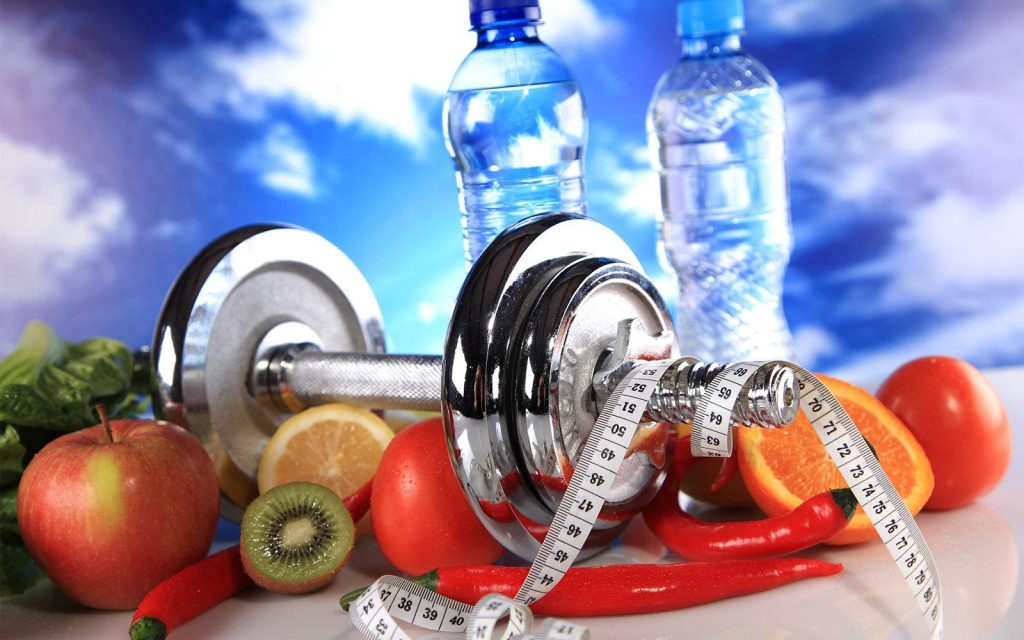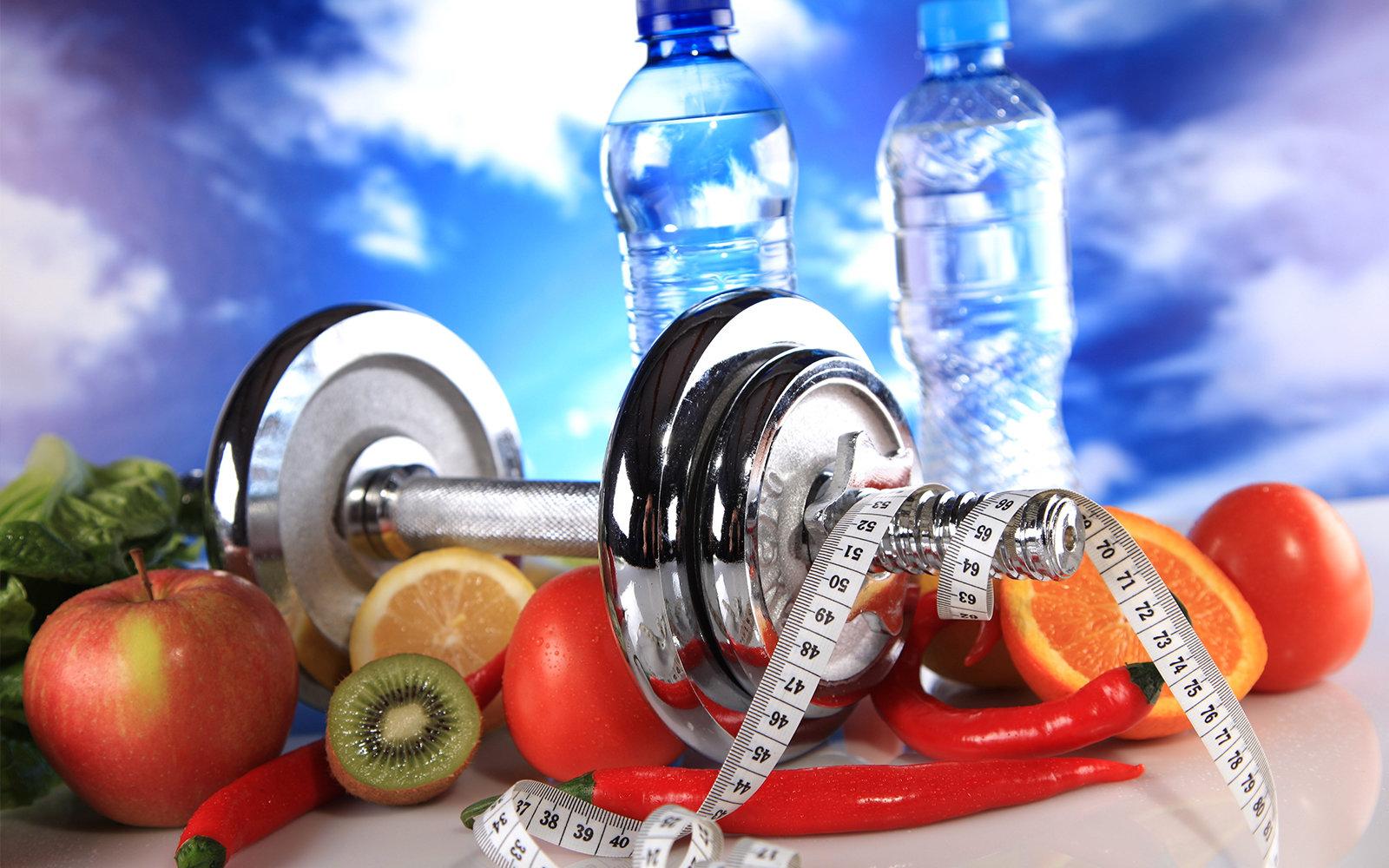Summer is only a few months away. Time to wake up from hibernation and show off those defined abs. It sounds like you’re ready to make some changes to your diet.
Doing a lot of sit-ups a day won’t do us any good if we don’t have a nutrition plan. You can exercise all you want, but if you are not eating the right combination of foods, you will never see your abs. This may sound like a cliché, but I’m going to say it anyway: Abs are made in the kitchen! To help you with your diet, implement these changes that I will mention below. They will help you do the right things at home so your work at the gym doesn’t go to waste.

1. Watch your sodium intake
Although sodium intake will not have any influence on your body fat levels, it will make a difference in the way the body regulates water retention.
If sodium is a major component in your diet, you won’t seem as defined as you want. Especially if you vary in the amount you receive each day, high sodium intake will cause your body to retain water.
Fluid retention gives us a bloated look and this is not motivating at all.
Keep your sodium intake to less than 3 grams of salt, and remember to always watch for hidden sources of sodium in sauces, cans, condiments, and frozen foods.
2. Forget about processed and simple carbohydrates
Canned cereals, baked goods, sweets, and other processed carbohydrates cause insulin to be released and blood glucose levels to spike. If the spikes are too high and too frequent, insulin tends to develop resistance. This whole process will only promote rapid fat gain. For those who have a hard time managing their hunger, eating simple carbohydrates will only make things worse. Instead, choose whole-grain and complex carbohydrates, such as sweet potatoes, brown rice, oatmeal, or quinoa. If you want to include processed carbohydrates in your diet, limit them to only after training, when your body is most receptive to dealing with them.
3. Dairy
Many people, especially those who follow a “Paleo” lifestyle, avoid all dairy products. Eliminating dairy is not a necessity when it comes to losing fat. When choosing dairy products, be sure to select those that are not high in calories and fat. Always remember to count the calories in dairy so you can combine them or add them to your diet.
4. Regulate your fiber intake
Fiber is an important part of a healthy diet, helping to offset hunger and slow down the release of carbohydrates in your body.
However, too much fiber can leave you bloated and with a feeling of gastrointestinal discomfort. Too much fiber can also make your stomach bloat or sag, making you appear much fatter than you really are.
The Institute of Medicine recommends 38 grams per day for men under 50 years old, and 30 grams for men over 50 years old. For women, the numbers should be 25 and 21 grams, respectively. If they are far or at the height of those goals, gradually increase – for example, to 5 grams per day at a time.

5. Pay attention to calories
To ensure that you are moving in the direction you want, you should periodically evaluate your progress. If you find that you are not losing weight as fast or efficiently as you want, you may need to cut a few calories a week. (Do not lose more than 400 calories from one week to the next) Periodically lowering your calorie intake as you continue losing weight is essential to maintaining progress. Along with these calorie cuts, you also need to go off the diet once every two weeks or every week to help “reset” your body to increase fat loss. Too strict a diet will stop our ability to burn more fat. If you make these changes to your diet and spend time working out in the gym, you will start to see positive changes in your body.

